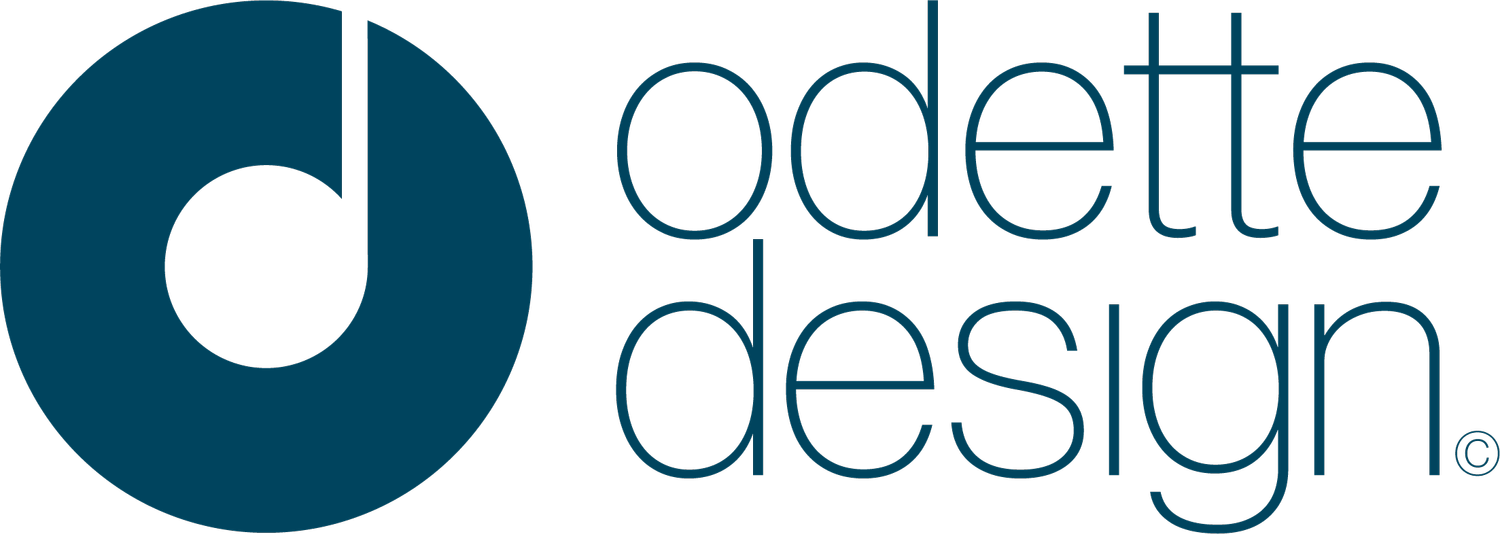Information architecture
Photo by Christina @ wocintechchat.com on Unsplash
Having carried out user research and analysed the data, IA is the next logical step. I have seen job job titles specifically for Information Architects, but it also seems to be something that designers, developers and content strategists ‘do’ too. It was a module that was covered in my UX course - something that I should expect to do as a UX designer.
“Information architecture is about helping people understand their surroundings and find what they’re looking for, in the real world as well as online.”
It is:
The structure of a website / app / project
Helps the user understand where they are
And helps us understand where the information is that we want (in relation to our current position)
It has a massive impact on the users experience
It has its routes in Library science, Cognitive psychology and architecture (among other fields/methodologies)
Key elements from cognitive psychology that impact a users experience:
Cognitive load
Mental models
Decision making
Tools/methods to use to work out structure:
Follow conventions
Benchmark peers
Look at traffic data
Look at search data
Define a hypothesis
Use card sorting with real people
Keep refining
Best practices:
Don’t focus on hierarchy, focus on structure
All processes should be logical
Remember the UX process
Construct the IA for the end user – the product development and design teams
Information architecture is ever-changing and evolving. Don’t aim for perfection; build a simple, adaptable IA.
article here on smashing magazine
and here on UX booth
and Toptal.com
Having gathered the research data, working out content and hierarchy, it is a natural progression to plot the flow of the user through the product. Talking about flow diagrams can be tricky as there are different types. This is an excellent article.
On my course we focused on user flow diagrams: a visual representation of the number of interactions a user needs to make to achieve their goal/task. It’s not the number of screens it’s the interactions.

